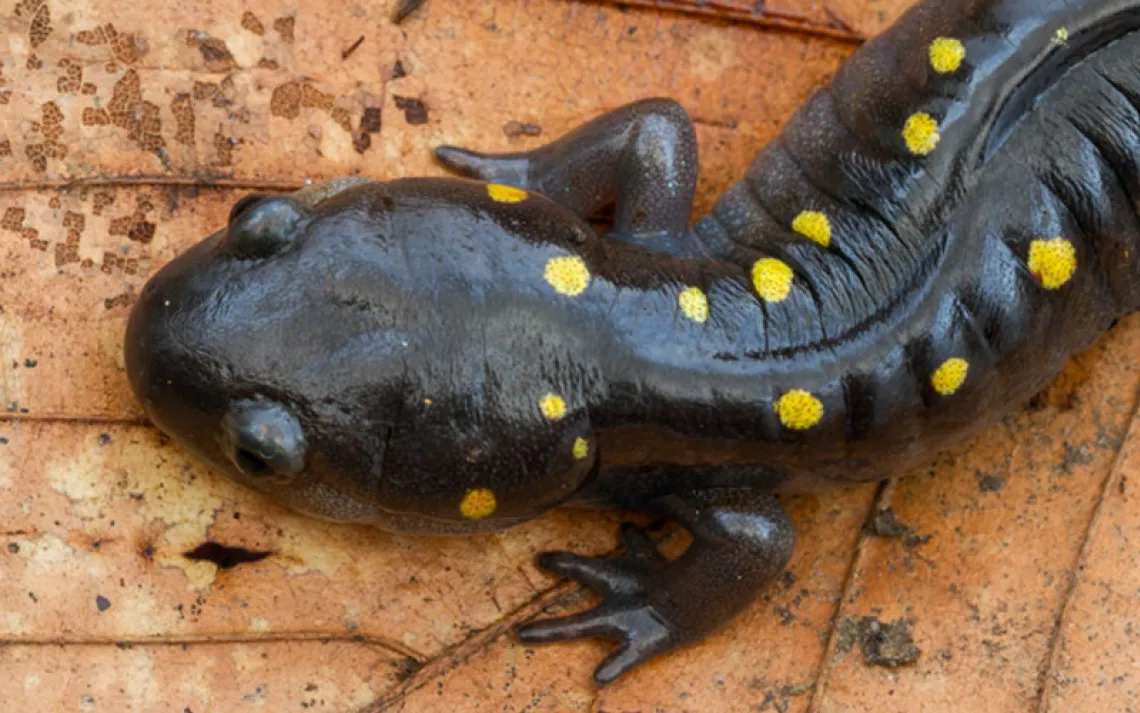Flying a Fine Line
Drones could be a boon for conservation—but first, they need to overcome their stigma

Hugo at Crissy Field, San Francisco | Courtesy of AeroTestra
In a parking lot in San Mateo, California, Hugo the Drone clicks and whirs, stabilizing an old point-and-shoot camera. "He'll take off to whatever our predetermined altitude is and then execute the mission plan," says Hugo's designer and operator, Sean Headrick. From the hood of his truck, Headrick enters a flight plan to map a small chunk of salt marsh on the opposite side of the parking lot. Within 10 minutes, Hugo has launched, photographed a five-acre area, and returned, obedient as a boomerang.
Unfortunately for Hugo, drones are commonly associated with spying, intrusion, or lethal missions in the Middle East. In June, wilderness purists and backpackers cheered when the National Park Service banned drones, citing noise pollution, interference with search-and-rescue missions, and wildlife disturbance. (The Sierra Club censures the use of noisy recreational aircraft in protected areas.)
Despite their reputation, though, small civilian drones like Hugo are making their way into a variety of eco-toolkits. Drone-mounted thermal cameras alert game wardens in Namibia to poachers stalking elephants and rhinos. The National Oceanic and Atmospheric Administration flies tiny drones into the eyes of hurricanes to collect climate data and improve storm warnings, and scientists from southeastern universities equip them with sensors to track spilled oil in the Gulf of Mexico.
But the biggest impact of small-drone technology could be in agriculture. A pizza box-size drone-and-camera system costing as little as $1,500 can track moisture, weeds, parasites, crop growth, and livestock with extreme precision--tasks that farmers would usually pay a pilot and plane upwards of $10,000 to perform. This makes it easy for farmers to, say, spot-treat dry or blighted areas. The Association for Unmanned Vehicle Systems International calculates that drones could reduce fertilizer usage by 40 percent and increase crop yields by 15 percent.
Right now, the Federal Aviation Administration requires that drones remain below 400 feet, making it difficult for farmers to use them effectively. "We have technologies that solve real problems for agriculture that aren't being deployed widely for a number of reasons, not the least of which is regulatory uncertainty," says John Perry, CEO of unmanned-vehicle engineering company Altavian. A number of other prickly issues are slowing their wider legalization. For one, they generally lack sense-and-avoid technology: An agriculture drone on a collision course with a piloted plane will not automatically change course.
The Federal Aviation Administration has a congressional mandate to regulate drones by September 2015.
 The Magazine of The Sierra Club
The Magazine of The Sierra Club



